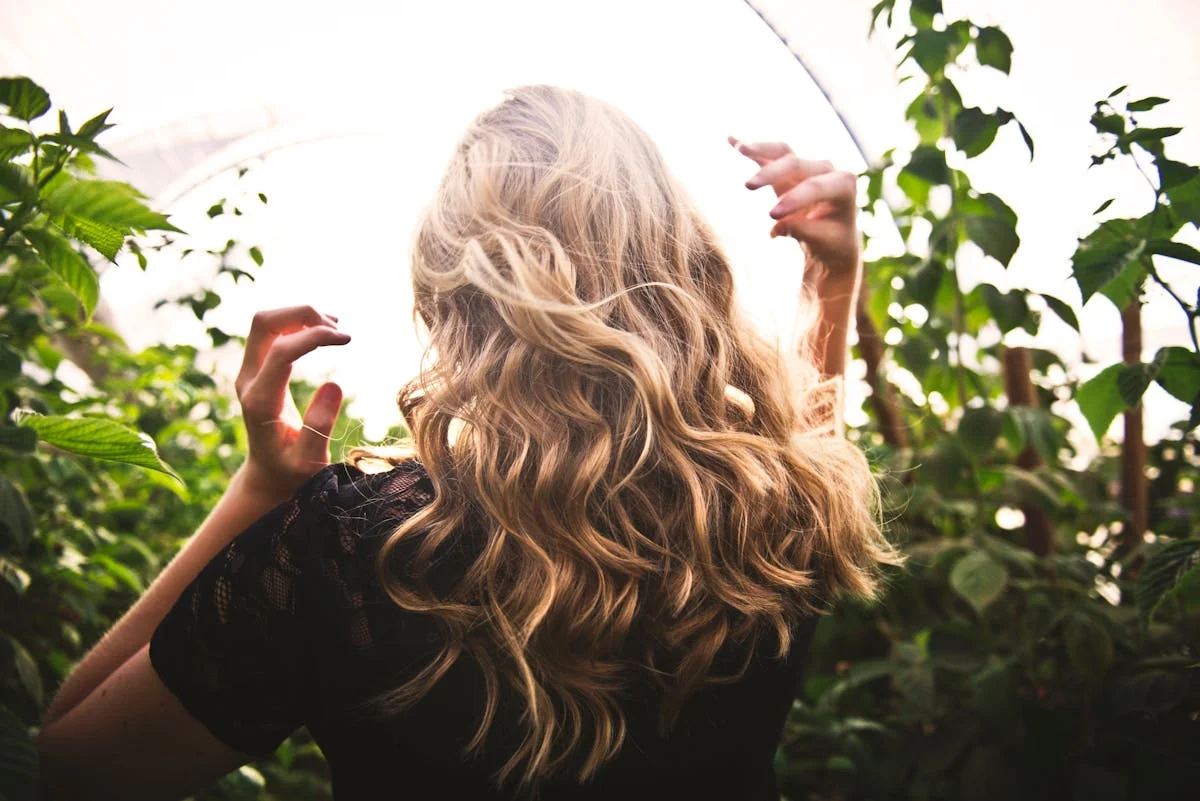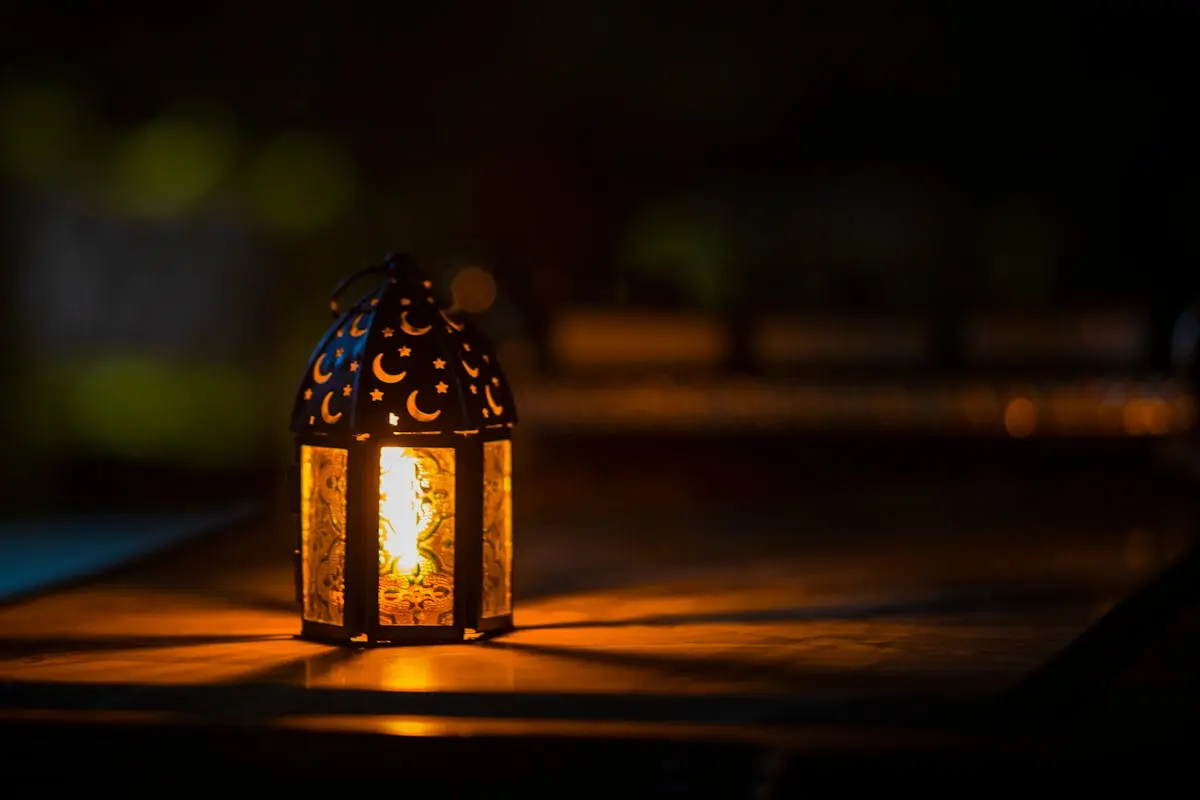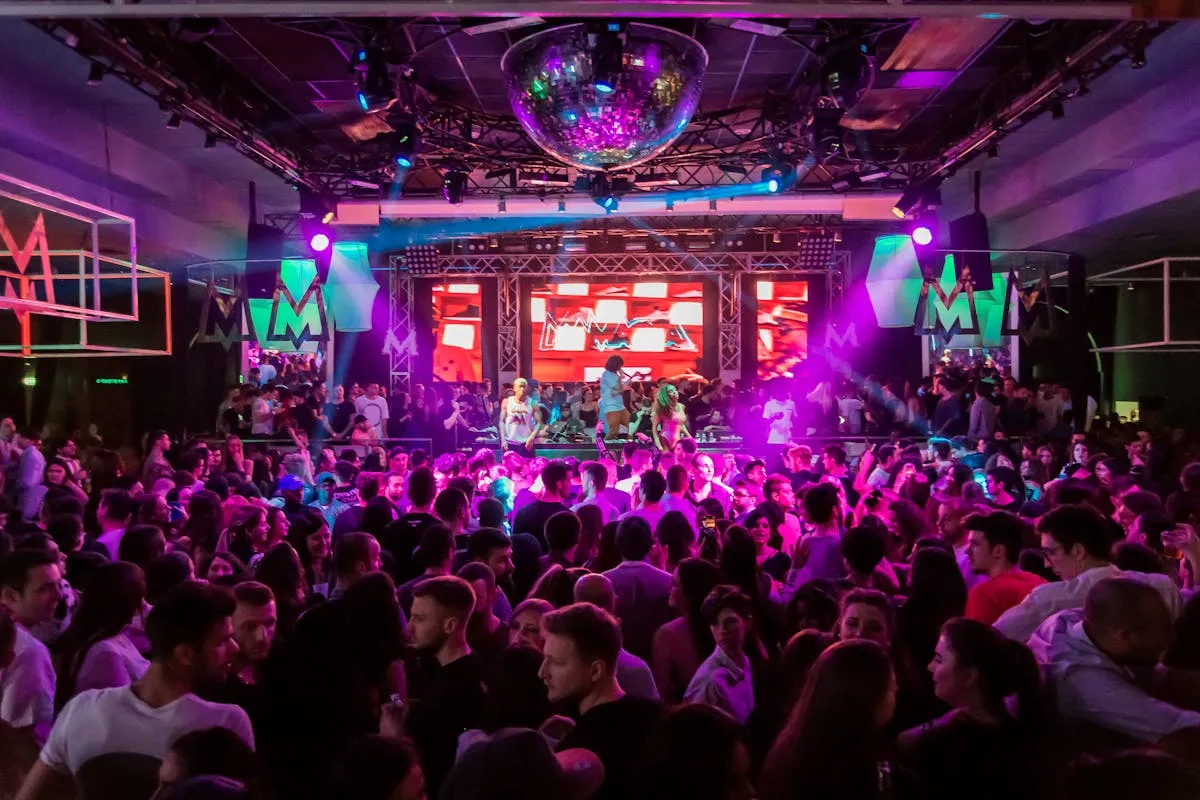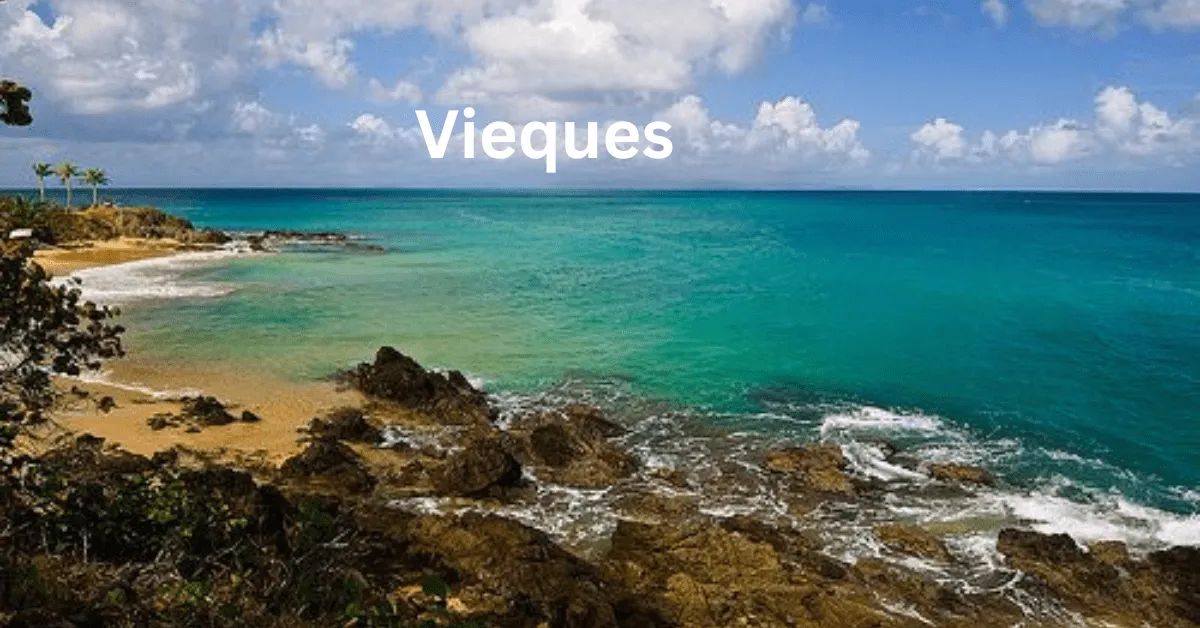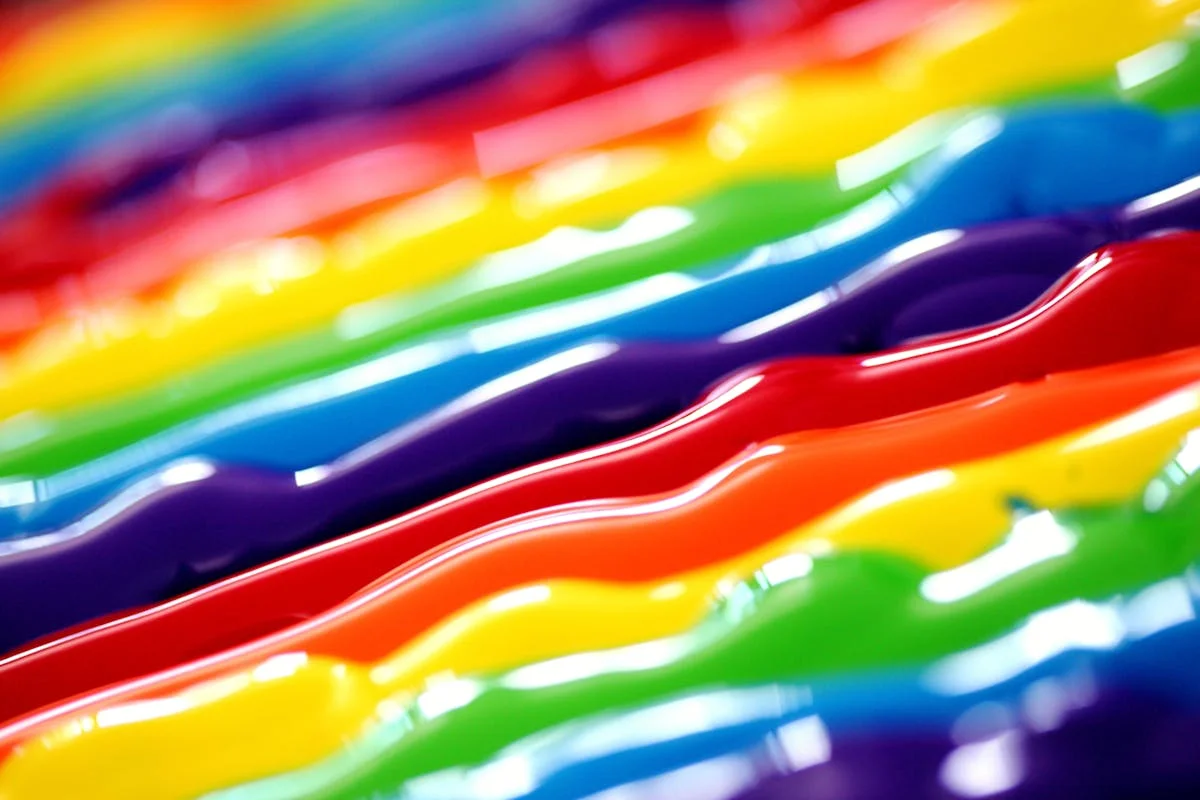
Fashion isn’t just about clothes; it’s also about the colors we choose to wear. Colors play an important role in our clothing choices, affecting how we feel and others perceive us. This article explores the fascinating world of color psychology in fashion, revealing how different hues impact our emotions, behaviors, and styles.
The Science Behind Color Psychology in Fashion
Color psychology in fashion is the study of how colors affect our feelings and actions. For instance, red can make us feel passionate and energetic, while blue can make us feel calm and trustworthy. By understanding these effects, we can make better decisions about what to wear to suit our mood or the impression we want to make.
Historical Significance of Color Psychology in Fashion
Colors have held deep meanings throughout history. In ancient Egypt, green was linked to fertility, while gold was associated with the gods. Over the centuries, how we use color psychology in fashion has changed, reflecting cultural shifts and technological advancements. Today, we blend historical symbolism with modern trends to create unique styles.
Color Perception and Cultural Differences
Different cultures see colors in unique ways. For example, in Western cultures, white is often worn at weddings to symbolize purity. In contrast, many Eastern cultures use white at funerals to represent mourning. These cultural differences are important for understanding fashion designers and brands, especially in global markets.
Primary Colors in Fashion
The Impact of Red
Red is a strong, attention-grabbing color. It symbolizes passion and energy, making it perfect for bold fashion statements.
The Significance of Blue
Blue is calming and trustworthy. It’s a popular choice for business attire because it gives off a professional and dependable vibe.
The Role of Yellow
Yellow is bright and cheerful. It’s great for adding a pop of happiness to an outfit but can be overpowering if used too much.
Secondary Colors and Their Influence
The Effect of Green
Green represents nature and balance. It’s a refreshing color that works well in casual and eco-friendly clothing.
The Power of Orange
Orange combines the energy of red with the joy of yellow. It’s often used to show enthusiasm and creativity.
The Influence of Purple
Purple is linked to luxury and creativity. It’s a favorite for evening wear and high fashion because of its rich, opulent feel.
Neutral Colors in Fashion
The Versatility of Black
Black is timeless and versatile. It stands for power and sophistication, making it a must-have in any wardrobe.
The Elegance of White
White is simple and elegant. It symbolizes purity and is often chosen for bridal wear and summer outfits for a clean, fresh look.
The Calmness of Gray
Gray is neutral and balanced. It’s commonly used in professional attire for its calming and sophisticated qualities.
Warm vs. Cool Colors
Characteristics of Warm Colors
Warm colors like red, orange, and yellow are inspiring and active. They are often used to create lively and vibrant outfits.
Traits of Cool Colors
Cool colors like blue, green, and purple are soothing and peaceful. They are perfect for creating relaxed and serene looks.
How They Are Used in Fashion to Create Mood and Style
Designers use warm and cool colors to set different moods in their collections. Warm colors might dominate a summer line, while cool colors could be the focus of a winter collection.
Seasonal Color Trends
Fashion colors change with the seasons. Spring and summer usually feature bright, vibrant colors, while fall and winter favor deeper, more muted tones. These seasonal changes reflect the natural environment and fashion trends.
Color Psychology in Branding and Marketing
Fashion brands use color psychology in fashion to influence consumer behavior. For example, luxury brands might use black and gold to signify exclusivity and sophistication. Effective color strategies can enhance brand recognition and loyalty, making a significant impact on sales and consumer perception.
Color and Personal Style
Choosing colors that match your personality can enhance your style. By understanding how different colors make you feel, you can create a wardrobe that not only looks good but also feels right.
How to Create a Personal Color Palette
Start by identifying the colors you love and those that make you feel confident. Consider your skin tone, hair color, and eye color to find shades that complement your natural features.
Psychological Effects of Specific Colors in Fashion
Red: Passion and Energy
Wearing red can boost your energy and confidence, making it a great choice for when you want to stand out.
Blue: Trust and Calm
Blue can make you feel more relaxed and trustworthy, perfect for professional settings.
Yellow: Happiness and Optimism
Yellow can lift your spirits and those around you.
Green: Harmony and Balance
Green promotes a sense of balance and renewal, ideal for casual and eco-friendly fashion.
Purple: Luxury and Creativity
Purple adds a touch of luxury and creativity to your outfits, excellent for evening wear and artistic expression.
Black: Power and Sophistication
Black exudes power and sophistication, making it a timeless choice for formal and everyday wear.
White: Purity and Simplicity
White represents purity and simplicity, great for creating a fresh and clean look.
Using Color to Make a Statement
How to Use Bold Colors in Fashion
Bold colors can make a strong fashion statement. Whether it’s a bright red dress or a neon green jacket, these hues draw attention and show confidence.
The Impact of Color Blocking
Color blocking involves combining large blocks of contrasting colors in one outfit. It’s a striking way to showcase your style and make a memorable impact.
Sustainable Fashion and Natural Dyes
Sustainable fashion is becoming more important, and natural dyes are a big part of this trend. Derived from plants and other natural sources, these dyes are eco-friendly alternatives to synthetic colors. They offer unique, earthy hues that are perfect for sustainable fashion lines.
Conclusion
Colors are powerful tools that influence our emotions, behaviors, and styles. From ancient symbolism to modern fashion trends, color psychology in fashion plays a crucial role in shaping the fashion world. By understanding the impact of different hues, we can make more informed and expressive choices in our wardrobes.

